IS A NEW MODEL OF MEDICINE EMERGING?
Termites. Lots of them. Over two million in fact. And not just any termite – Macrotermes michaelseni to be precise. Not your normal subject matter for Holistic Therapist Magazine, and I am guessing that unless I explain myself quickly, you will be turning to the horoscope blog! So what is so special about these termites?
A TERMITE’S HOME IS HIS AIR CONDITIONING SYSTEM….
Actually there is probably very little special about M michaelseni. However, it just so happens that one very particular aspect of their lives has been studied in great depth. Their homes. Sitting some ten feet high on the arid plains of southern Africa, the mounds of M. michaelseni stand like Sorting Hats (as per Harry Potter and the Philosopher’s Stone) made out of clay. Each mound is home to upwards of two million termites but surprisingly the actual ‘nest’ occupies a relatively small part of the structure, typically a sphere around three or four feet in diameter just below ground level. The rest of the structure proves itself to be a rather remarkable feat of architectural engineering.
Within the dome structure there lies an intricate series of chambers and tunnels. Some of these chambers are where the termites ‘farm’ a particular species of fungus which they use to digest wood and grass, releasing the nutrients needed to feed the colony. Think the inner chambers of a ruminant’s stomach and you are not far off the mark. But it is not even that that I find so remarkable. What really gets my juices flowing here is the discovery that most of the structure above the ground serves one very important function. Air-conditioning. Both the termites and the fungi they harvest thrive within a very precise range of temperature and humidity; much of the research on the termites and their homes has shown that the mound structure serves to provide both of these with amazing precision. What’s more, these mounds are ‘self-healing’.
What the researchers have found is that, through this intricate series of tunnels and chambers, the colony can effectively control the flow of air through the whole nest. Not only does this control the environment within the nest – the humidity in the nest is maintained at around 90 per cent for example, which is no trivial achievement in the arid desert – but it also ensures that oxygen reaches the inner sanctum of the colony and carbon dioxide is passed to the outside for elimination. So an air conditioning system that breathes as well! One researcher called these mounds the lungs of the termite colony and just as much a living part of the colony as the termites themselves.
Almost by accident through the research, something rather clever was observed with these colonies. When one of these mounds was damaged, then very quickly the mound was repaired. But these repairs were not random. Whatever was damaged would be repaired not only to restore the integrity of the nest but also to restore fully its function as a lung and air conditioning system. When damage occurred, the behaviour of the termites in the nest would change and levels of activity would increase: Termites on other duties such as farming would be mustered to nest repairing. Some termites would be engaged in repairing the breach, others would be sealing tunnels deep within the nest to protect them from the harsh temperatures and humidity of the outside whilst others would be rebuilding chambers in a way that restored the breathe-ability of the nest. In one extreme study the whole mound above ground was destroyed and yet within ninety days the whole thing had been rebuilt. And the new structure was just as effective at breathing and air-conditioning as the old.
When describing what they saw, the researchers found it very easy to humanize the termites and their behaviour. It was as if the termites ‘knew’ what to do when the mound was destroyed. It was as if they worked to a ‘plan’, a plan that ‘understood’ how air-conditioning works. They seemed to be ‘organised’ in a way that clearly assigned duties to individuals. The problem is we are talking termites here. Termites are, in the evolutionary scale of things, primitive organisms with very limited neural circuitry and yet here the researchers were claiming these insects could ‘know’, ‘plan’, ‘understand’ and ‘organise’. We know it would be fruitless to try to find the neural structures within an individual termite that confer these behavioural traits. But in a sense that was the first step these researchers took as they assumed that in some way, all of these nest building and repairing behaviours were vested with the Queen.
At the heart of every colony of termites there is the Queen. Larger than all the others, she has privileged status – many of the worker termites tend to her, bring her food and ensure her chamber is kept clean. It is tempting therefore to assume that somehow she is the brains of the outfit. It would be easy to suggest that the mustering of the workers to repair the nest is at her command. However, the researchers quickly dispelled this idea – if you take the Queen away from the colony, rather than becoming a rudderless collective of individuals, the colony can just as effectively and just as quickly repair a damaged nest. Of course if you think about it, attributing the organising and planning behaviour to the Queen would not really be a solution as the neural circuits of the Queen are little different from those of a worker. If we struggle to find the neural basis of the termite behaviour in the workers, we would struggle just as much to find such a basis in the Queen. In fact, calling her a ‘Queen’ is more than a little misleading – it would seem to impart to her some sort of rank and control over the colony in the same way that a monarch might have exerted such influence in human society. The Queen in such colonies should perhaps be considered more as a reproductive machine hidden away at the centre of the colony with little influence over the day-to-day activity of the colony. Very definitely a queen with a small ‘q’!
The clever bit from the researchers was to hypothesize that the termites’ behaviour is vested not within each termite, but is instead a collective characteristic of the two million termites lacting together. But how do you go about proving this? Well, and you have to remember (from Part One of this article) that I am a Biophysicist so such things excite me, you have to get a computer, probably quite a powerful one, and model the behaviour of a colony of two million termites. And that is just what the researchers did.
Whilst I would love to delve into some of that detail here, I shall acquiesce to the mostly non-mathematical bent of my audience here. However, it is probably sufficient at this point to summarise their computer modelling. What they showed was that even if you model termites as very simple organisms working at a purely reflex level (that is, they show simple responses to simple stimuli) a collective of two million termites can show some rather clever behaviour if you allow for one very important feature – feedback.
NO TERMITE IS AN ISLAND
No termite is an island. Although they do not have the trappings of language as you or I would perceive, the behaviour of one termite is very much influenced by the behaviour of termites around them. The possible actions of a termite are quite limited. A ‘worker’ termite for example might be concerned with just four simple simple actions; 1) collecting dirt to make a mud pellet, 2) mixing this mud pellet with pheromone, a form of chemical messaging substance, 3) transporting this pellet and 4) depositing this pellet. A trigger for starting such a sequence of actions could be detecting a temperature rise in their local environment, as may be the case when the nest structure has been compromised. However, what the researchers found was that the frequency of the actions that followed was controlled by the activity of termites around them. If a neighbouring termite had deposited its pellet in one particular location, then other termites were more likely to do the same in that same location. Also, responding to changes in pheromone levels left in the pellets of others could influence the behaviour of termites even if they did not come into direct contact with each other. There was interaction resulting from communication with neighbours and from trails of pheromones left by others and all of this led to feedback.
Now, if you model upwards of two million termites with similar simple behaviour patterns but with the ability to detect and respond to changes in their environment, the ability to interact with their neighbours and the ability to respond to feedback then, remarkably, computer simulations of termite mounds were able to self-heal in a way very similar to the real thing. Inflict damage to a computer simulated mound and within similar time frames, these virtual mounds would be restored and restored in a way indistinguishable from the original. Just as real termites seemed to be able to ‘know’, ‘plan’, ‘understand’ and ‘organise’ so these computer simulated colonies exhibited the same traits.
So what has all of that to do with well-being, placebos, and models of health and illness? Let me recap the story so far. You may remember from Part One of this article I was proposing that the extant reductionist/mechanist approaches to medicine are running out of steam. Up to now we have worked with models of medicine that define us by the molecules of which we are made. If we ‘go wrong’ or become ill, then it is a matter of finding the molecules or chemical processes that go wrong, find a method of correcting those molecules or chemical processes and then we shall be healed. Most of our currently prescribed (conventional) drugs and procedures are derived from this model and in fairness, this model has given us great successes in managing many medical conditions.
MODELS OF ILLNESS OR MODELS OF HEALTH AND WELL-BEING
So what has all of that to do with well-being, placebos, and models of health and illness? Let me recap the story so far. You may remember from Part One of this article I was proposing that the extant reductionist/mechanist approaches to medicine are running out of steam. Up to now we have worked with models of medicine that define us by the molecules of which we are made. If we ‘go wrong’ or become ill, then it is a matter of finding the molecules or chemical processes that go wrong, find a method of correcting those molecules or chemical processes and then we shall be healed. Most of our currently prescribed (conventional) drugs and procedures are derived from this model and in fairness, this model has given us great successes in managing many medical conditions.
However, you may recall that I started to question the reductionist/mechanist model of health by looking at placebos and the placebo effect. I gave examples of drugs where the effectiveness seemed to depend on the beliefs of the patient and the prescribing practitioner as much if not more than the molecular components of the drug. I also described a case where the colour of a drug changed what sort of conditions it treated. Remember, the prevailing model of health is that if you find the chemical reaction that goes wrong in an illness and develop a drug to correct that, then you have your treatment. This model has no latitude for the beliefs of the patient or those of the prescribing practitioner.
Let me now give you an alternative model of health and well-being, that model being the one encompassed within Traditional Chinese Medicine (TCM). Before I describe this model, we should perhaps mention one immediate difference between this and the prevailing Western model. The Western model I have examined so far is a model of illness; the Chinese model I am going to discuss now is a model of health and well-being. This is pretty fundamental. The former is concerned with fixing things when they have gone wrong, the latter is concerned with maintaining and where necessary restoring things back to the ‘equilibrium’ of good health and well-being.
The full philosophy of Chinese Medicine is extensive and way beyond the scope of this article but allow me to distill some of the key concepts here. Of the many concepts of Chinese medicine, one of the most central is the idea of Qi (pronounced chee). This concept is both simple and yet also profound. Often translated as ‘life force’, Qi is the stuff that pervades all of the processes within our bodies. It warms, lifts, transforms and holds things in place; it controls the shape and flow of our thoughts, emotions and feelings. Qi ultimately determines how we interact mentally, physically and emotionally with the outside world. In many senses, it defines who we are and defines those characteristics that make each one of us unique. Qi is not however a substance we can distill – you cannot have a bucket-full of Qi – but rather it is defined by its effects or the footprints it leaves.
Just like blood and lymph flow through vessels, so Qi conceptually flows through our bodies within channels known as meridians. The Chinese concept of pathology is critically dependent on this flow of Qi. When this flow is smooth and controlled, then we could consider ourselves as healthy and balanced. But where we show signs or symptoms of illness, then those symptoms would be attributed to an interruption in the smooth flow of Qi somewhere in the meridian system in our body.
According to the philosophy there are many meridians within this Qi-flow network and each of the principal ones is named after an organ of the body (Small Intestine, Liver and Kidney to name three). Whilst each meridian has a connection with the organ from which it derives its name, the pathway of the whole meridian is often far-removed from the location of the actual organ. And yet, manipulation of the Qi anywhere on these meridians can still bring about benefits to the associated organ. Manipulation of the shoulder for example, can bring about changes to the Qi flow in the Small Intestine as that particular meridian flows through the rotator cuff of the shoulder. An interruption to the flow of Qi through the Small Intestine meridian (say) would have specific ‘signs’ and signs that would be different to interruptions in other meridians. Some of these would be physical and related to the function of the small intestine as we would understand it in Western physiology. Other signs would not. For example, as we saw above, pain and dysfunction in the shoulder could be related to a disturbed flow of Qi through the Small Intestine meridian but also with issues such as discernment and joy. In the Chinese philosophy, all the meridians and their linked organs are associated with physical conditions, emotions and mental states that Western medicine would not acknowledge.
Diagnosis and treatment of symptoms is then a matter of identifying where the Qi flow has been disturbed and taking steps to restore that smooth flow. However, the smooth flow of Qi may be disturbed and yet we do not exhibit symptoms of illness that Western medicine would acknowledge. In such instances, the signs of this imbalance would be rather more subtle, perhaps changes to those linked emotions, feelings and behaviours. However, practitioners of TCM would still treat such individuals to restore balance and well-being before illness sets-in. Remember, the Chinese model is a model of health and well-being, not just of illness.
This balance between the physical body, the emotions and our mental being is central to the Chinese model. And it is a reciprocal balance too. Imbalance in one can lead to imbalance in the others – disturb the emotions and then the physical body can be impacted but similarly, disturb the physical body and then the emotions may be affected. It is also reciprocal when considering treatment – if you treat the physical body, it may also bring about improvement to any disturbed emotions and similarly, if you treat disturbed emotions, that too could bring about improvements in the physical body.
Now of course, this inter-relationship between the physical body and the emotions is not at all alien to holistic therapists. How often have we as holistic therapists offered a sympathetic ear to our clients whist delivering our treatment modality and been able to transform how our client feels on many levels? But it is exactly this inter-relationship between the physical, mental and emotional that is missing from the Western reductionist/mechanist approach to illness. With the Chinese model there is absolutely no problem in accounting for the Prozac findings (discussed in Part 1) – if the prescribing therapist or the receiving patient believes they are receiving a drug that will help deal with anxiety and depression, then that can be enough to bring relief to symptoms. And just as the meridians are linked to certain emotions so they are also linked to colours. It is just a natural extension of this idea that could account for how the same pill could have different benefits for the receiving patient depending on the colour of the sugar coating (also discussed in Part 1).
Of course, the Western medical model will struggle with all of this. For example, the shoulder is, according to the reductionist/mechanists, a mechanical structure with mechanical parts. If there is pain and dysfunction in the shoulder it is because these components have failed at a mechanical level and need a mechanical solution. Nothing to do with the small intestine or the emotions. What is more, no matter how much a reductionist/mechanist dissects the shoulder, her or she shall find no physical trace of Qi, meridians or links to the small intestine. The death blow to the Chinese model? Not at all and this is where I believe termites can help.
Remember our self-healing termite colony? Damage the home of two million termites and said termites will repair their home to near perfection, their new repaired home being as good functionally as the old one. However, when these colonies were examined, there was no ‘planning department’, there was no central organiser and there was no master plan being conveyed and managed to the workforce. The repair process was a phenomenon that emerged from the interaction of the two million termites and their response to their local environment. Although an individual behaved in a relatively simple and predictable manner, two million individuals behaved in a way that was not predictable by simply scaling-up the behaviour of individuals. Multiply the behaviour of one termite by two million and you get far less than the real behaviour of a real colony. The colony behaved as if there was a planning department or central controller but none of these structures physically existed in a dissected nest. Similarly, none of these attributes nor even traces of them could be found in any single termite.
What if I were to modify those last few sentences and instead say that our bodies behave as if there are Qi and meridians but that neither of these things are actual physical structures. None of these attributes or even their building blocks are to be found in the dissection of one cell, one tissue or one organ. What if I were instead to suggest that Qi and meridians are phenomena that emerge from the interaction and feedback between the millions and millions of molecules within us but which are not predictable from merely observing these components in isolation? It is now sounding very much like our termite colony. In light of these emergent phenomena, observing our molecular components in a test tube gives little insight to how these molecules behave within a complex interacting system. Have the reductionist/mechanists therefore missed something? I believe they have.
The area of emergent phenomena in complex interacting systems is more generically known as Emergence and is one of the new exciting topics of mathematics and science – you may remember that I am a biophysicist so such things are very likely to excite me! The termite study I described at the start of this article is just one example but there are so so many more. Not just termites, but ants, bees, electricity networks in the US, crowd behaviour and even gene expression from our DNA are all now being reconsidered in the light of this new form of mathematics.
The key feature of every Emergent system is that it has qualities not directly traceable to the system’s components, but rather to how those components interact with each other on a large scale. The whole is greater than the sum of its parts. Critically for our reductionist/mechanists, these emergent properties are in a sense ephemeral as they disappear if the system is disassembled. Put the components of your system in a test tube and those emergent properties are no longer there to be observed.
Computer modelling, as we saw with the termite colonies, is now giving us great insights into some of these systems but we are still only able to model some of the very simplest of these systems.
In a sense the conventional medical fraternity already accepts some types of emergent phenomena. Conscious thought, emotions and memory are examples of phenomena that emerge from the complex interaction of millions of nerve cells within our brains. The study of one neuron in isolation does not lead us to predict these macroscopic phenomena. They only exist in the complex assembly of many neurons. The state of ‘living’is similarly something that emerges from the almost countless chemical and electrical interactions and feedback loops within our bodies. Perhaps life too is an emergent phenomenon.
Of course, the ancient Chinese knew nothing about emergent phenomena or computer modelling but equally they were not hidebound by the belief that, when it comes to living systems, every attribute has to be dissected and physically located. It did not matter to them that they could not find a meridian or capture a bucket full of Qi. They created a model that fitted observation and created constructs that were consistent with those observations. In a sense I have to be careful what I am saying here. I am not saying that meridians and Qi don’t exist, I am just saying that if we take a reductionist/mechanist approach you will not find them in the debris left by dissecting us. What I certainly am saying is that if I cannot locate these phenomena physically then that alone is not going to be a show-stopper.
If for one moment we imagine that the Chinese were to have created a philosophy to account for the healing of termite colonies, then that philosophy may well have described ‘planning departments’ and ‘central controllers’. It would not have mattered to them if none of these structures could be found in a dissected nest. The colony behaved as if those structures existed. And, as interaction and feedback between the termites is essential for the healing of the nest, such a Chinese philosophy may have then described the importance of nurturing the well-being of the whole termite colony to bring about that self-healing. It is all sounding familiarly holistic now.
So how would I draw parallels between the problem of modern medicine running out of steam introduced in Part 1 and these self-healing termite colonies? Well, I would liken many reductionist/mechanist drugs to coming along with a trowel and pasting new mud where the existing mud in a termite colony has been damaged. This will ‘fix’ the nest by external intervention and may give lasting results. However the most robust solution would be to nurture all the termites in the nest so that they can get on with the job of self-healing. This would produce a repair that is organic and from within. An enduring ‘holistic’ solution and one more akin to most alternative or complementary therapy approaches. And what of placebos? Remember I described cases where if the prescribing practitioner or the patient believes they are receiving a drug, they are healed even if they in fact were receiving a placebo. In this instance, the sugar pill placebo would be (for our termite colony) like external intervention but rather than putting mud on the trowel you would have dry sand which on its own is not up to the job of repairing the walls but perhaps looks convincingly like it would. However, if the person holding the trowel believes this will fix the nest and they are able to convey this belief to the termites in a way that nurtures the feedback loops between the members of the colony, then the self-healing properties of the nest will still be boosted thereby bringing about a long term repair to the nest anyway but from within.
So if we are being fooled by placebos, perhaps we should be changing your models of health and well-being!
I hope you have enjoyed reading this article. If you would like to read more about the fascinating area I would point you to three books that stimulated me into writing this article: Smart Swarm by Peter Miller, The Science Delusion by Rupert Sheldrake and Bad Science by Ben Goldacre.
Article taken from: www.holistictherapistmagazine.com


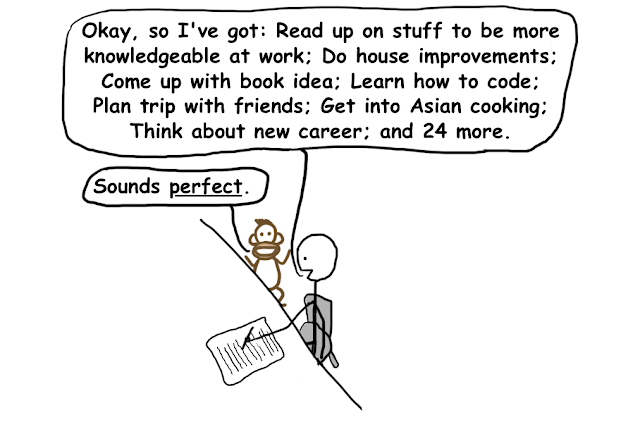
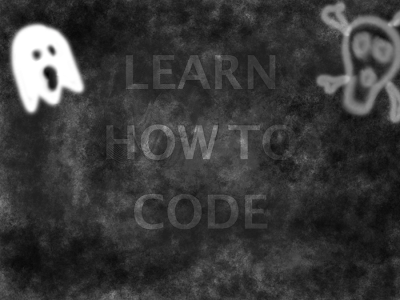

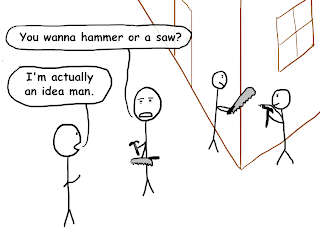
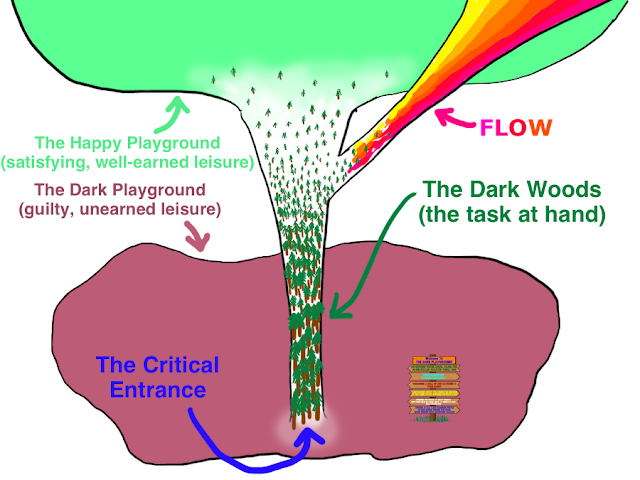
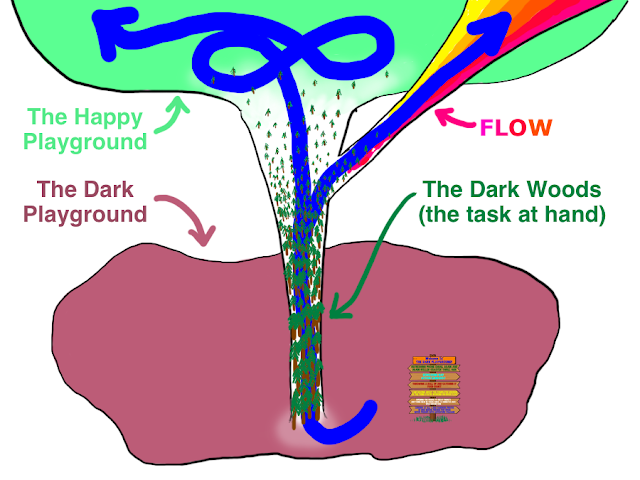
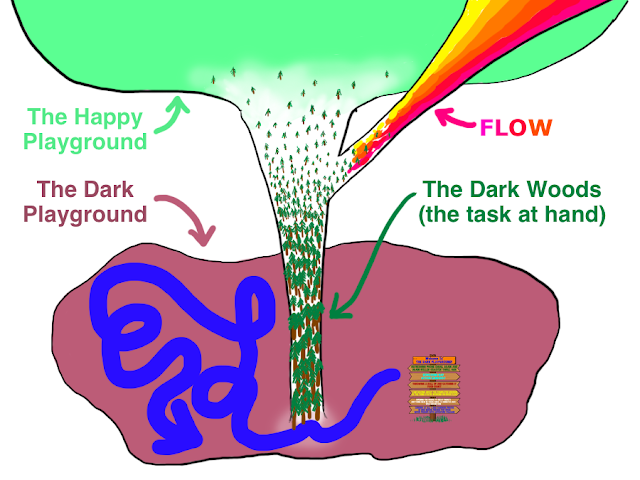

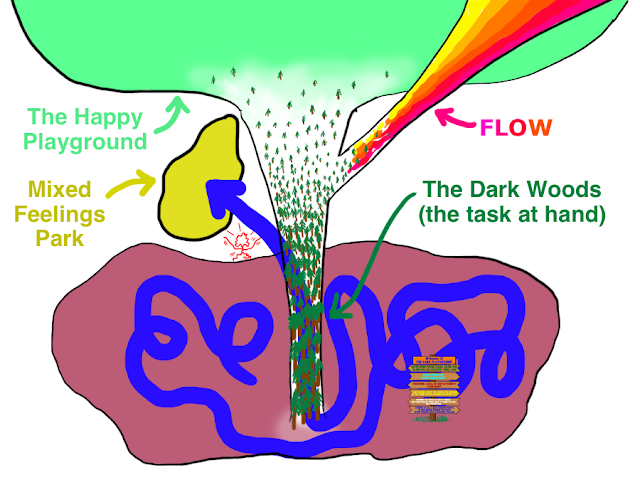





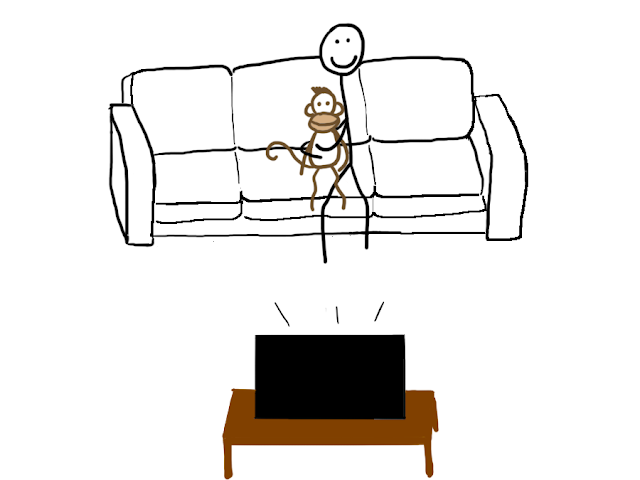

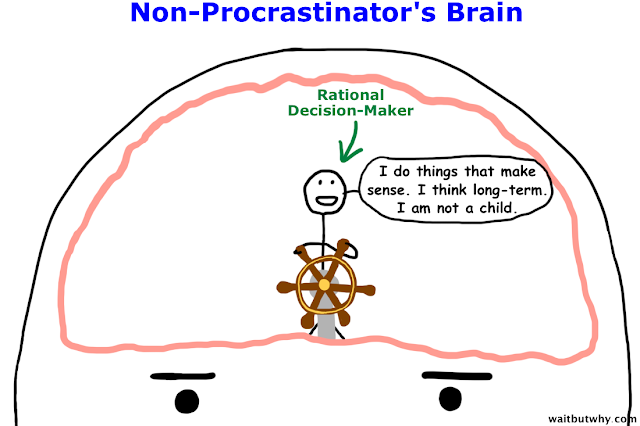
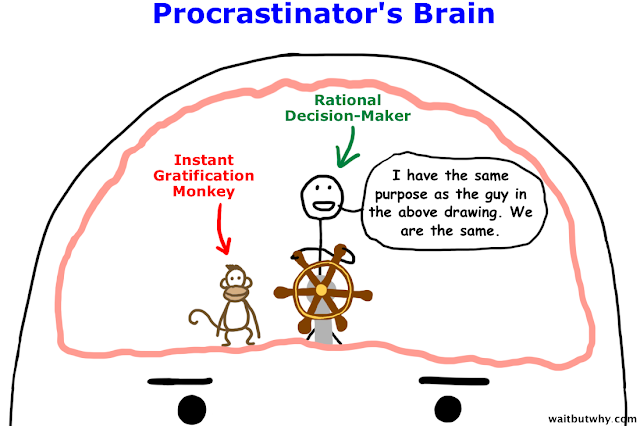


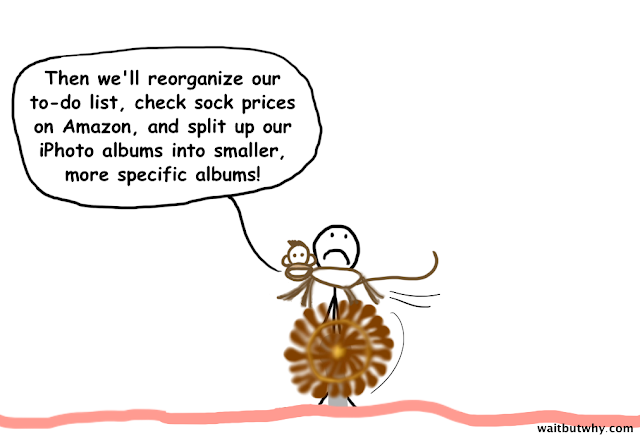
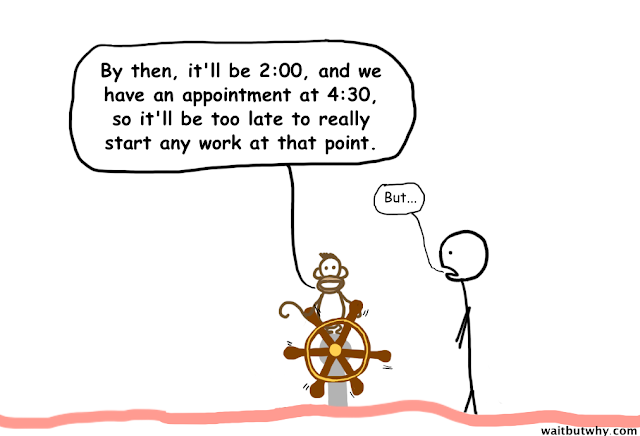
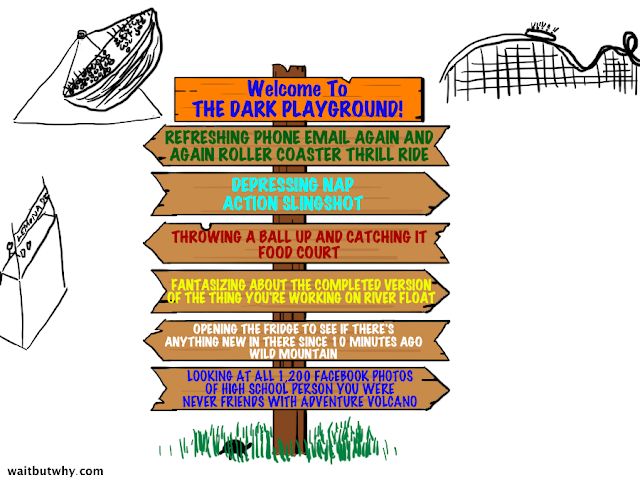
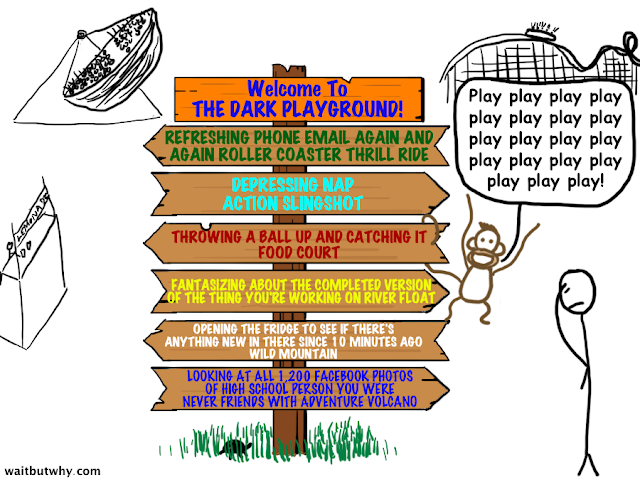


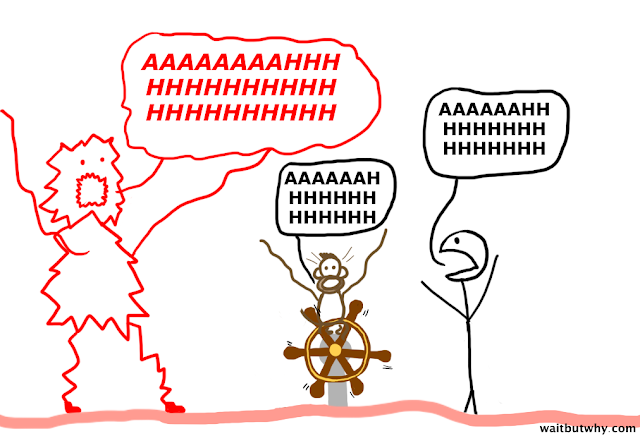

 This meal might look healthy, but it actually cause weight gain and digestive problems. Learn why combining starches like rice with meat can actually harm your health!
This meal might look healthy, but it actually cause weight gain and digestive problems. Learn why combining starches like rice with meat can actually harm your health!